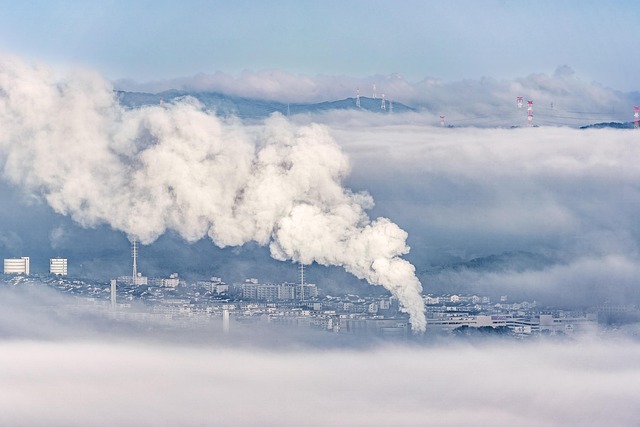In the ongoing battle against climate change, one of the most pressing challenges we face is the sheer volume of carbon dioxide (CO2) emissions produced by various industries. As we strive for a sustainable future, carbon dioxide separation emerges as a vital technology, offering a pathway to mitigate environmental impact. This innovative process is not just a technical solution; it embodies the hope of creating a cleaner atmosphere and a healthier planet.
The science behind carbon dioxide separation revolves around capturing CO2 emitted from industrial processes before it reaches the atmosphere. Traditional methods of energy production, manufacturing, and even transportation are heavily reliant on fossil fuels, contributing to greenhouse gas emissions that exacerbate the climate crisis. By effectively isolating CO2, we can significantly reduce its concentration in the atmosphere, thus aiding in the global effort to combat climate change.
As the environmental stakes continue to rise, the urgency for implementing carbon dioxide separation technologies becomes even more pronounced. The process not only helps in curbing emissions but also presents an opportunity for industries to innovate. Companies are investing in research and development to enhance the efficiency of separation technologies, aiming to make them more cost-effective and widely applicable. This shift not only resonates within corporate practices but also reflects a growing awareness among consumers, who are increasingly prioritizing sustainability.
Moreover, the integration of carbon dioxide separation into existing industrial frameworks can contribute to the circular economy. Industries can repurpose captured CO2, transforming it into useful products like fuels, chemicals, or even building materials. This transformation not only reduces waste but also fosters a sense of responsibility towards our environment, as we shift from a linear to a circular model of consumption and production.
However, the journey towards effective carbon dioxide separation is not without its challenges. There are technical hurdles to overcome, such as improving the capture efficiency and finding optimal materials for separation processes. Additionally, the financial implications of adopting these technologies might deter smaller companies from making the necessary investments. Therefore, it is crucial for governments and industries to collaborate in developing supportive policies and frameworks that encourage innovation and reduce financial barriers.
Public engagement plays a vital role in this landscape. Raising awareness about the importance of carbon dioxide separation can drive change from the grassroots level. When communities understand how their choices contribute to larger climate goals, it sparks a collective commitment to adopting cleaner practices. This sense of shared responsibility fosters a stronger societal push for industries to adopt greener technologies.
As we navigate these turbulent times, carbon dioxide separation stands as a beacon of hope in the fight against climate change. It symbolizes a proactive approach to addressing emissions and reflects our collective responsibility to safeguard the environment for future generations. Together, embracing this technology can lead us towards a sustainable, oxygen-rich planet where both nature and humanity can thrive.



